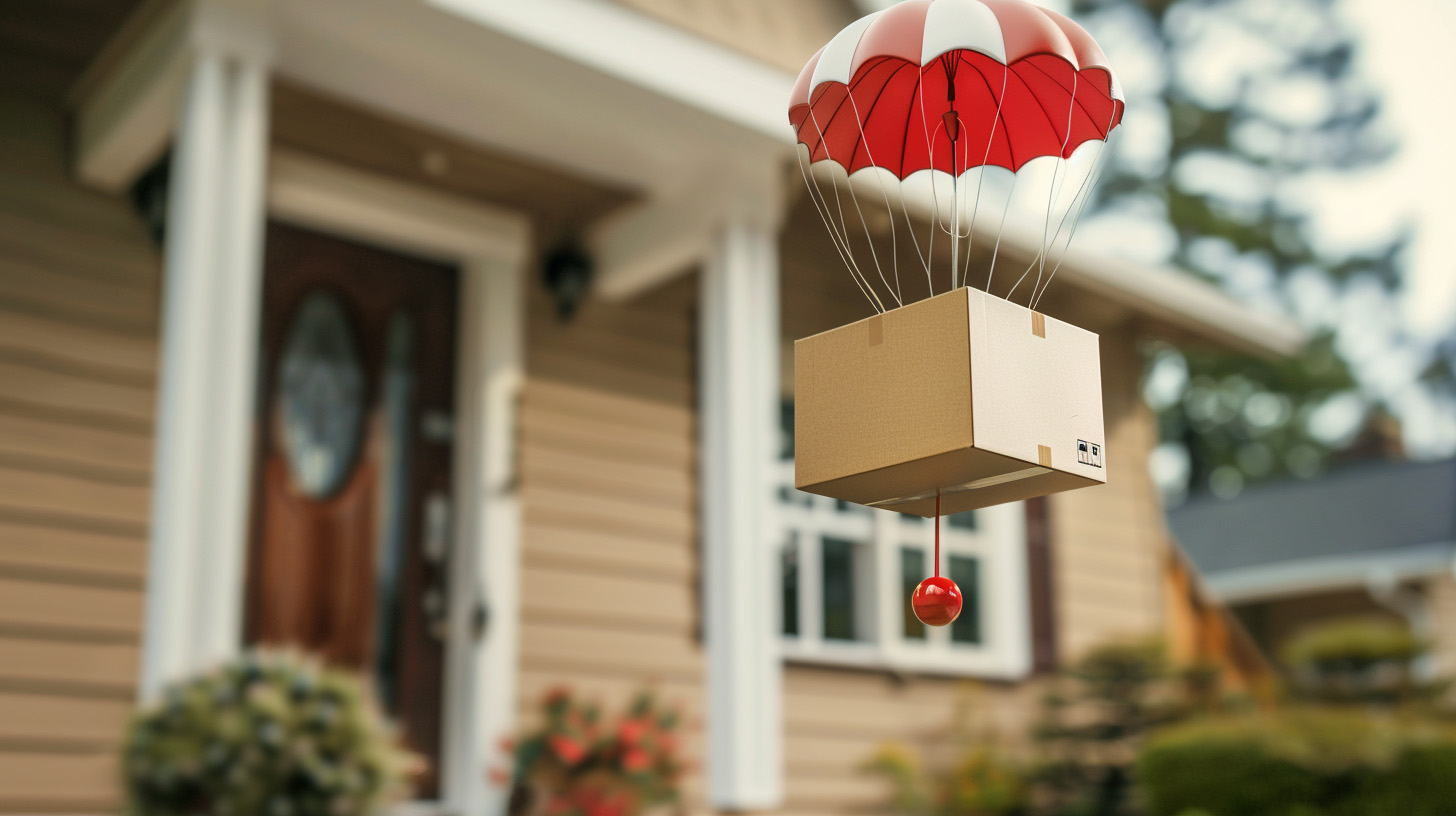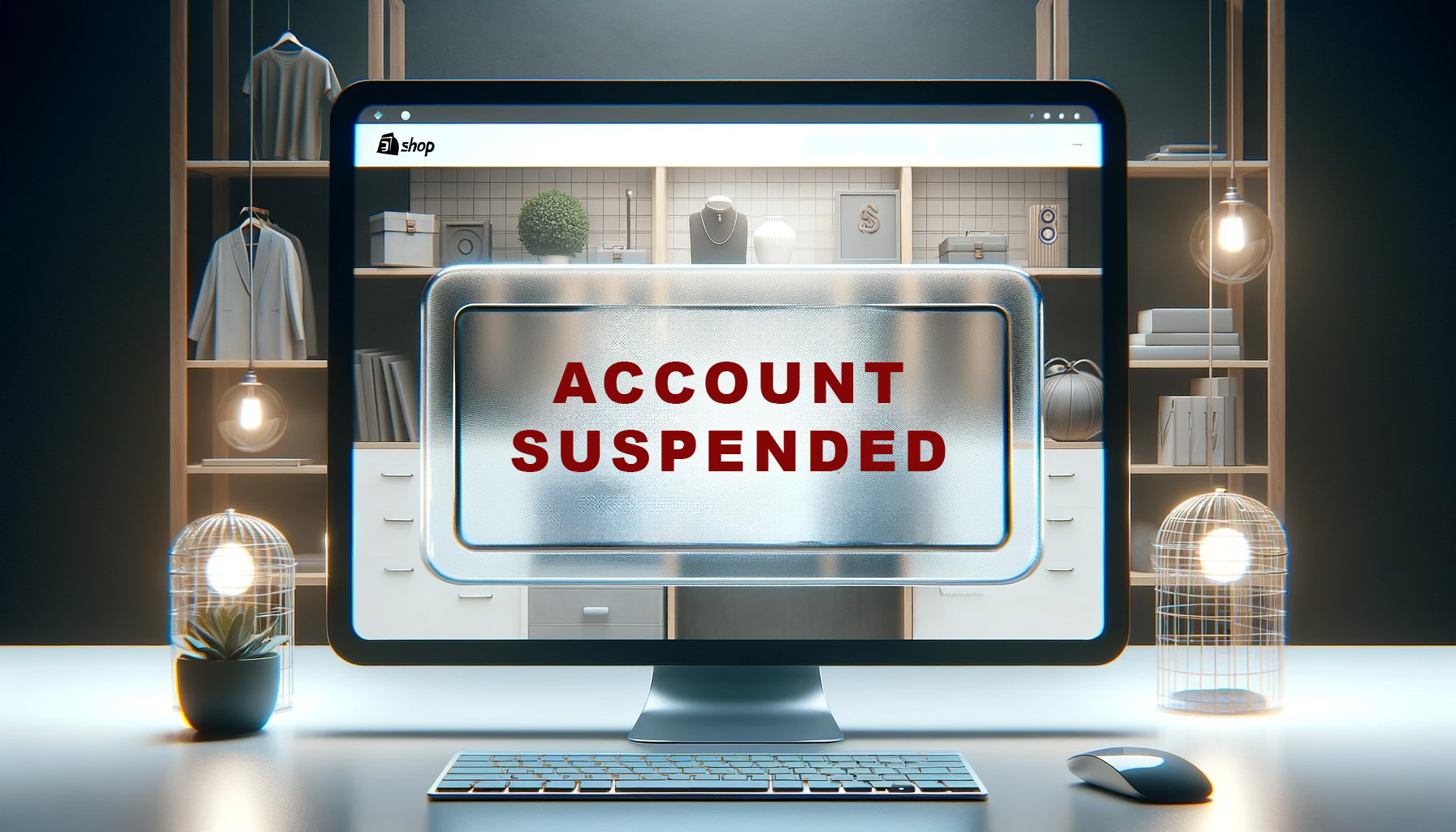
Ticket Value: Making The Switch From Low-Ticket To High-Ticket Dropshipping
May 13, 2022 3 minute Read
You’ve got a dropshipping store running. You’ve chosen your niche, started some ad campaigns, got your socials going, and found a solid supplier.
Customers should be flocking to you, right? You’ve done it all by the books, and doing it right means certain success. Wrong!
Today, we’re showing you the difference between high-ticket dropshipping vs low-ticket dropshipping and how those two business models cannot be intertwined.
You can’t run a low-ticket shop in a high-ticket industry. And high-ticket dropshipping doesn’t work for low-ticket customers.
This could be the reason why you’re not reaching the sales volume you predicted. A few small changes can fix that right up.
The Truth About High Ticket Dropshipping
You, like a lot of people, might have started your dropshipping business because you heard you can make a lot of money quickly and easily.
It’s true. You definitely can make a lot of money from dropshipping, but quickly and easily are subjective. You might be using a low-ticket sales model with high-ticket products. Or vice versa. And that can lead to failed conversions and abandoned carts.
What is high-ticket dropshipping?
It’s the difference between a $20 product and a $200 product. More zeros, more risk, higher ticket item.
High-ticket dropshipping is a dropshipping business model where you sell items valued over $100. That’s it, in its simplest terms.
There’s a sales model that comes with selling high-ticket items that differs from low-ticket dropshipping businesses and that involves a level of polish and prestige that comes with your own customer service and design.
Basically, you’ve got to look the part. It’s like buying a lambo from a stereotypical used car salesman. Not many people are willing to buy it, even if it’s a great deal.
Why are high tickets better?
People don’t buy products just because they want them. They want the products because they think that buying these products will solve their problems, make them happier or simply improve their lives in some way.
A high-ticket item is better because:
- They are generally more profitable. This is because they are sold at a higher price, and they cost less to ship. When you’re dropshipping, the profit margin on each sale is the difference between your wholesale cost and the amount you sell it for.
- They scale with the economy without backlash. If you raise the price of a high-ticket product, you’ll see far less backlash from your customer base.
- There is less competition. The amount of competition in the marketplace is much lower. With high-ticket dropshipping products that cost more money, fewer merchants are inclined to sell in that niche.
What are the pros and cons of high-ticket dropshipping?
The pros are easy. We outlined them above, but in essence you’ll see higher profit margins with fewer sales than a low-ticket business. Not to mention you’ll save on shipping costs overall.
But high-ticket dropshipping isn’t all golden streets and silver-lined clouds.
- High-ticket customers are picky. They’re much more selective than low-ticket, which means you’ll likely see low conversion rates and have to offer high-quality products (ie., high-end).
- It’s expensive to source products. The high price tag isn’t only for your customers. High-ticket items are pricey for you, too. That also means it’s harder to add new products to your high-ticket dropshipping business.
- Higher risk of return. Customers have higher expectations for their purchase. If they receive their item and it doesn’t meet their expectations, they’re much more likely to return the product than they would be with a lower ticket item.
- Payment processing approval difficulty. You may have trouble getting approval from credit card processors due to higher monthly sales volume and account size requirements.
You have to know your customer base and market your e-commerce store and your products accordingly. These customers aren’t interested in impulse buys. They want quality, refinement. Long-lasting, expensive products that solve their problems.
The Truth About Low-Ticket Dropshipping
The low-ticket dropshipping model is one of the most popular models in online business. It’s easy to get started, it has low risk, and it allows you to test the waters before you invest more money into your online store.
What is low-ticket dropshipping?
It’s easy to see why dropshippers like low-ticket dropshipping: it’s cheap and easy to get started, so you don’t need much capital up front. This makes it ideal for people who want to test out their product before committing to larger investments in inventory or other expenses.
Low-ticket dropshipping is when you sell products that have a low price point (usually under $50). The idea behind the model is that you can make money by selling the product and keeping the margin — or even losing a little money on each sale — and hope that volume will help you make your money back through repeat sales or add-ons.
As you can see, it’s an entirely different business model than high-ticket dropshipping, even though both are dropshipping businesses.
What are the pros and cons of low-ticket dropshipping?
Dropshipping is a popular business model for entrepreneurs who want to start their own company. However, there are many different ways to do dropshipping, and most people don’t know about the benefits of low-ticket dropshipping. Here are some of the benefits that you can expect from low-ticket products:
- Low cost of entry. The low ticket items are often much cheaper to buy, which means there is also less risk to your business at the beginning. In fact, you can start your dropshipping business with nothing more than a couple hundred dollars and some time to spare.
- Easy to manage inventory. Because the dropshipping items have such a small value, it’s easy to manage your inventory. You don’t need a lot of space or storage space to hold all of these products. Also, since they are so cheap and easy to sell, you don’t need to worry about them taking up space in your warehouse for very long at all.
- Easy to find suppliers. Another benefit of low-ticket dropshipping is that it can be easier to find reliable suppliers (e.g., AliExpress) who will work with small businesses like yours. Many dropshipping suppliers are willing to work with new companies, especially if they’re interested in building long term relationships with them.
There are also some drawbacks to low-ticket dropshipping. Here are the major points:
- Difficult to scale. It’s hard to scale quickly if you’re relying on repeat sales because those customers may never come back again once they’ve bought from you once or twice.
- Low margins. If your margins are too small, you won’t be able to make any money from your business. A good rule of thumb is to aim for a minimum profit margin of 20%. This way you’ll have enough left over after paying your supplier and other expenses to reinvest in your business.
- High competition. Low-ticket items are easier to obtain from suppliers. Higher access means more people selling the same product.
- Low Customer Lifetime Value (CLV). Since the average customer spends less money with you than they would with a high-ticket item, their lifetime value is also lower than someone who buys more expensive items from your store. This means that even if they buy from you once, they may not come back again because they aren’t likely to spend much more money in the future.
Can you turn a low-ticket business into a high-ticket one?
Yes! If that’s what you want.
Low-ticket businesses get their appeal from impulse buying. Customers are quick to spend. With that, you can offer a ton of products with little risk to damaging your sales model or your reputation. But you need a high volume of sales to get the revenue you’re looking for.
High-ticket businesses offer long-term items. Kind of like a lifestyle brand. Customers need to connect with you on an emotional level. They need to see the value in your business and the products you sell. To succeed in the high-ticket niche, you need a marketing strategy that matches the customer with the types of products you’re selling. It takes more work to curate a high-value, high-ticket dropshipping store.
A lot of beginners and new e-commerce business owners come into low-ticket dropshipping and think it’s less work or a side-hustle with high profits as long as you markup a cheap item. But it doesn’t work that way. You can’t take a $0.20 product and sell it with a 200x markup. That’ll just lead to chargebacks, bad reviews, and your store getting shut down.
Both dropshipping models have their pros and cons. Make sure you’re selling the right product to the right audience in the right way. If you’re getting lots of clicks but no sales, check that your business model matches the products you sell.
High-Ticket or Low-Ticket, You’re Running a High-Risk Business
No matter which dropshipping method you stick with, you’ll need a payment processor to back you. As a high-risk merchant, that means you need a high-risk processor. Shopify stores are great to set up, but won’t help you in the long run. Neither will Stripe or PayPal.




